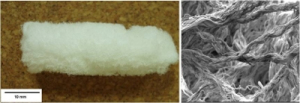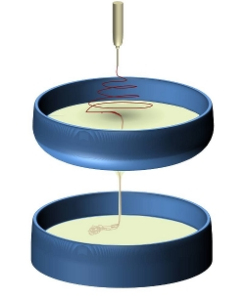▼ Reference
- Guo X, Zhang K, El-Aassar M, Wang N, El-Hamshary H, El-Newehy M, Fu Q, Mo X M. The comparison of the Wnt signaling pathway inhibitor delivered electrospun nanoyarn fabricated with two methods for the application of urethroplasty. Front. Mater. Sci. 2016 Article in press doi:10.1007/s11706-016-0359-3
- Li J, Liu W, Yin A, Wu J, Al-Deyab S S, El-Newehy M, Mo X. Nano-yarns Reinforced Silk Fibroin Composites Scaffold for Bone Tissue Engineering. Journal of Fiber Bioengineering & Informatics 2012; 5: 169. Open Access
- W.E Teo, S. Liao, C.K. Chan, S. Ramakrishna (2008) Remodeling of Three-dimensional Hierarchically Organized Nanofibrous Assemblies. Current Nanoscience vol. 4 pg. 361-369. Open Access
- Wee Eong Teo, Kazutoshi Fujihara, Casey Kwan-Ho Chan, Seeram Ramakrishna. Fiber Structures and Process for their preparation. WO 2008/036051. 27 March 2008. Singapore Patent No. 150798, 31 March 2010. Open Access
- Teo W E (2009) Natured Inspired Composite Nanofibers. NUS Masters Thesis. Open Access
- Ngiam M L (2010) Differentiation of Bone Marrow Derived Mesenchymal Stem Cells (BM-MSCs) Using Engineered Nanofiber Substrates. NUS PhD thesis. Open Access
▼ Credit and Acknowledgement
Author
Wee-Eong TEO View profile
Email: weeeong@yahoo.com
 ElectrospinTech
ElectrospinTech

